The protection and regeneration of biodiversity on Earth are critical elements in combatting climate change and establishing a more sustainable future for generations to come. It is against this backdrop that Finnish company CollectiveCrunch started its journey with ESA’s Business Applications and Solutions (BASS) programme, aiming to use satellite data to improve the management of commercial forests.
With support from ESA, CollectiveCrunch has now developed a new tool to help protect biodiversity in forests more effectively. Today, the company’s ground-breaking offering is breaking 1 million EUR in revenue, and is expanding its operations from Finland to Sweden, the Baltics, Spain and the United States.
Measuring and protecting biodiversity in commercial forests has changed rapidly in recent years from being a nice-to-have to a must-have, led by a strong regulatory drive in Europe. CollectiveCrunch’s Kickstart initiative with ESA BASS uses 18 biodiversity indicators, combining Sentinel-2 satellite imagery with other data to assist forest managers in planning logging while identifying areas needing protection.
These indicators identify areas with higher biodiversity hot spots, including:
- Dead wood inventory: This is an important indicator for biodiversity, as dead wood supports the presence of fungus, more bugs, more birds, and other species.
- Forest age and volume: the older and denser the forest, the richer the biodiversity
- Presence of deciduous trees: forests composed only of spruce or pine are less beneficial for biodiversity
- Presence of cliffs, rivers, swamps, boulder fields etc: these provide special habitats for various species
- Connectivity to conservation areas and biodiversity-rich areas: larger areas with high natural value are more valuable than smaller similar ones
- Any detected endangered species
“Putting all these indicators together helps build a picture of where to log and operate to sustain cash flows from forests without spoiling areas of greatest biodiversity” said CollectiveCrunch CEO Juha Koponen. “There is an increasing regulatory drive, in addition to voluntary schemes such as FSC (Forest Stewardship Council) certification, which requires the conservation of a certain percentage of forests. Our practical tool helps forest managers spot the right areas to protect fast and correctly. These are vast areas, and the only way to really do this is with satellite technology and ESA’s support. With our Kickstart activity with ESA we have seen a lot of interest from forestry companies from several countries already – there is nothing like this available to them yet.”
CollectiveCrunch is going from strength to strength, with a revenue of approximately 950.000 EUR in 2024, and some 1.05 million EUR already achieved in orders in 2025 reflecting strong demand from international clients such as Spain’s ENCE, and Finland’s Metsä Group, StoraEnso and Metsähallitus. To support expansion, the company is also working to bring its solution to North America, which offers a great business opportunity for remote sensing-based forestry data products.
“Originally starting in 2019, this is a great example of the long-term support we provide to European businesses, leveraging transformative space-based solutions to address challenges here on Earth,” said Liz Barrow, Business Applications and Partnerships Officer at ESA. "It's great to see CollectiveCrunch succeed in developing innovative forestry solutions. Their work not only hits commercial goals but also helps create a more sustainable and resilient future by improving forest management and conservation."
Find out how ESA is supporting the bioeconomy
Sign up to our Bioeconomy Bulletin



